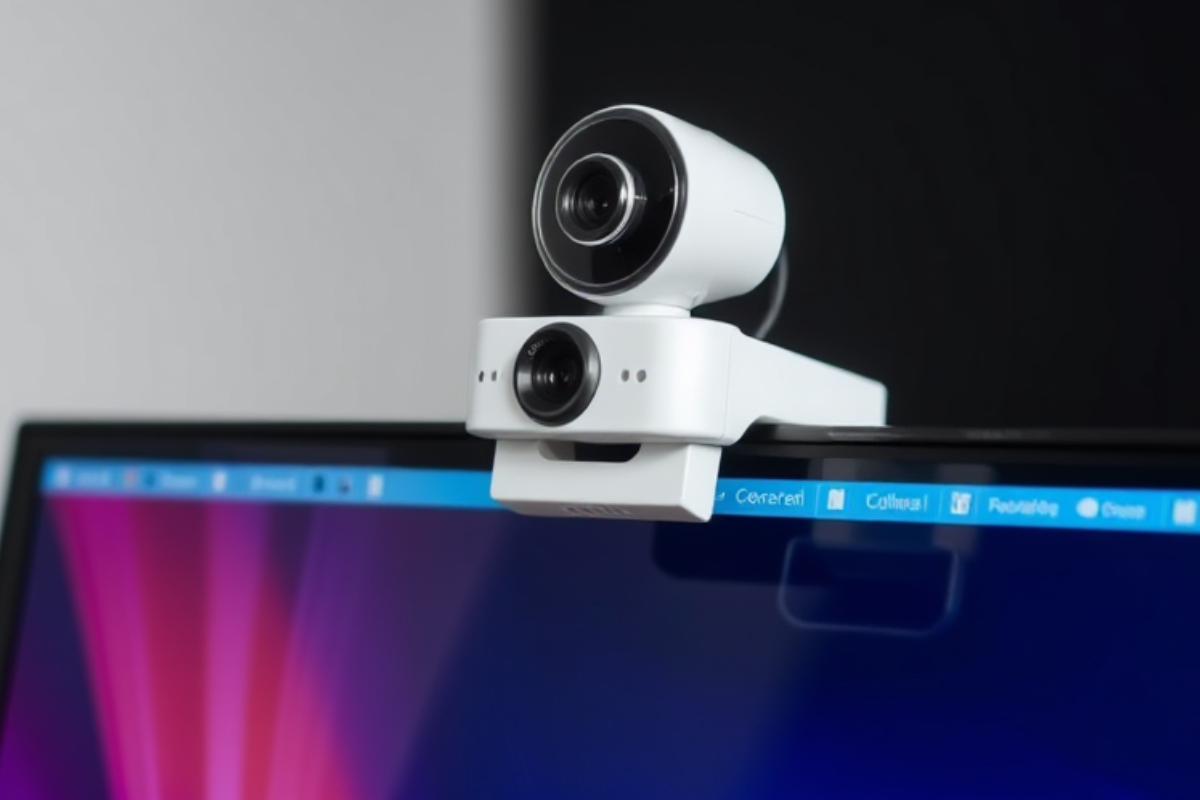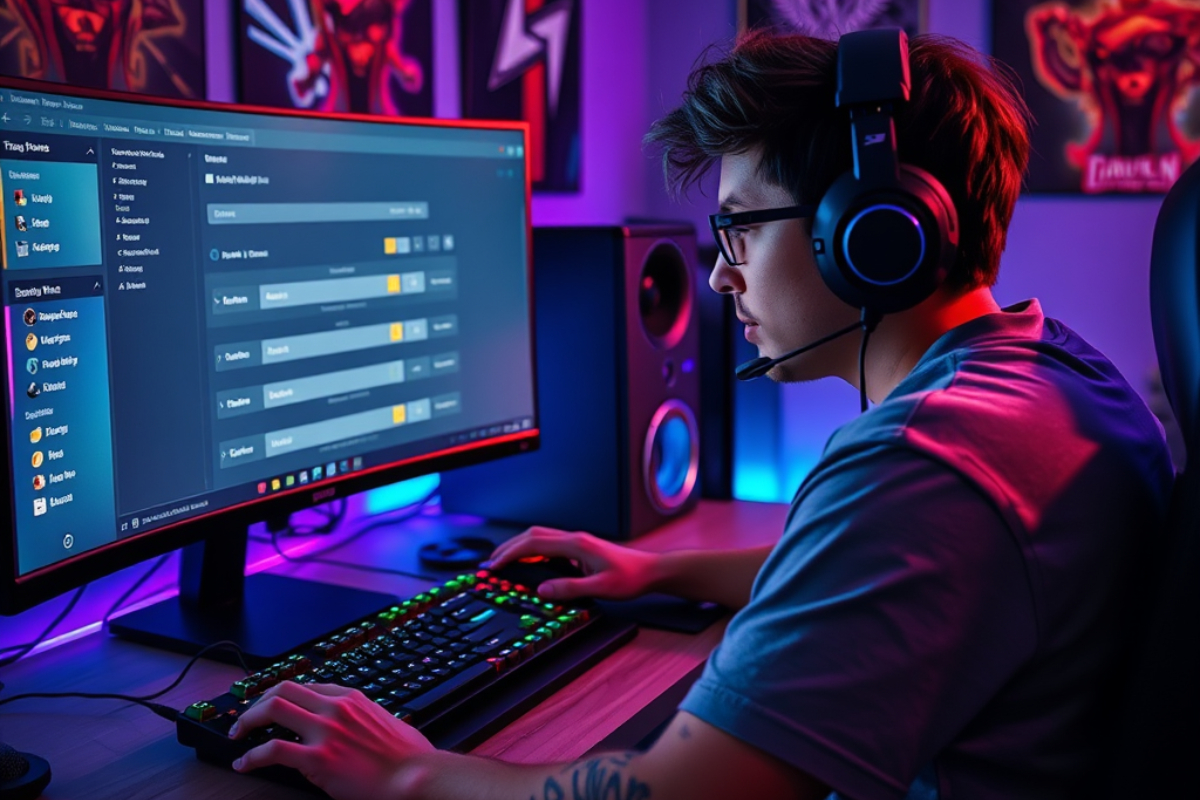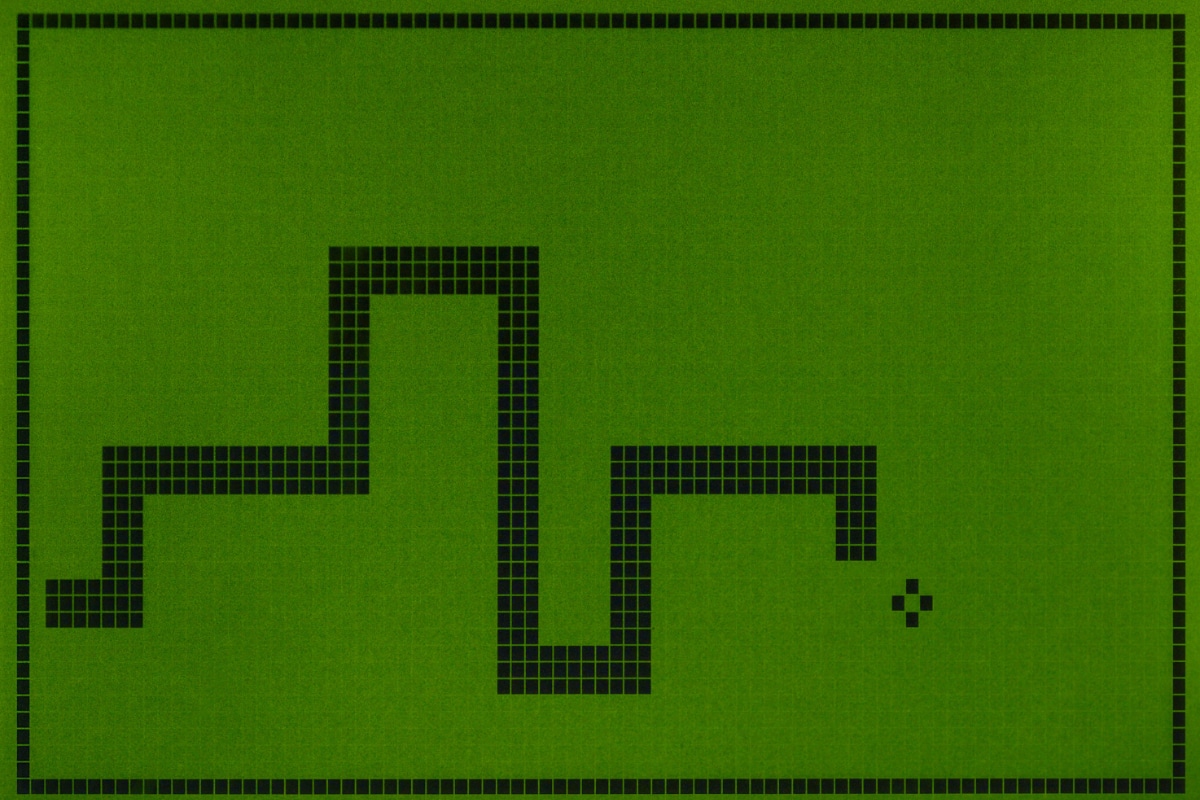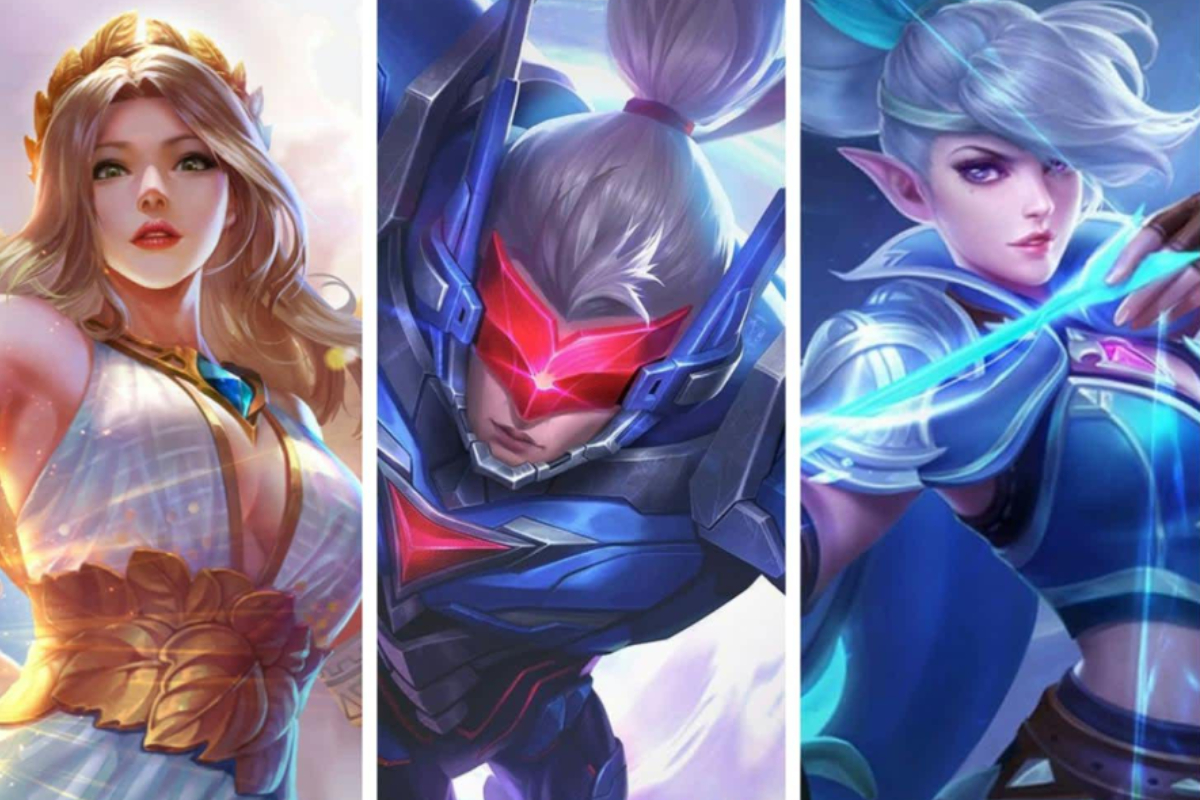Game camera features have a significant impact on our gaming experience and capturing high-quality images. These features are not only relevant to video game players but also to photographers who want to elevate their photography skills. Whether you are a gamer eager to capture the best angles in a game or a photographer experimenting with in-game cameras, understanding various camera characteristics can enhance your visual experience.
This article highlights the essential game camera features you should know, from basic camera types in games, camera features that improve gameplay and photography, to advanced features that provide deeper control over your visuals.
What to Expect from This Guide on Game Camera Features
In this article, we will explore the various game camera features that can benefit both gamers and photographers. First, we will discuss the basic types of cameras in games, such as first-person view, third-person view, and freeform cameras. Following that, we will dive into the key camera features like field of view (FOV), camera sensitivity, depth of field (DOF), and motion blur, which enhance the visual experience.
Next, we will highlight the differences between game cameras and professional photography cameras. Lastly, we will examine advanced game camera features such as cinematic modes, dynamic lighting, and photo modes, which help both photographers and gamers experiment with their shots.
Discovering the Key Game Camera Features
Game camera features are more than just tools in games; they are integral parts of gameplay that bring scenes to life. Game cameras play a crucial role in showcasing actions, scenes, and emotions within the game. Because of this, there are specific game camera features that help gamers and photographers capture the best shots in games.
Next, we will discuss the types of in-game cameras and their effects on the visual experience for both gamers and photographers. We will also explore the main camera features and how they can be used in games.
Basic Types of Cameras in Games
The type of camera used in a game plays a crucial role in shaping the player’s visual experience. Different camera views offer unique perspectives and influence how players engage with the environment and story. Below are the basic types of cameras commonly used in games and how they impact both gameplay and photography.
First-Person View (FPV)
The first-person view (FPV) is a setting that shows the game from the character’s perspective. For gamers, this provides the deepest immersion, as they experience the action through the character’s eyes. In photography, FPV can serve as an exciting experiment for those seeking unique perspectives in their shots.
Third-Person View (TPV)
In third-person view (TPV), the camera is positioned behind the character, giving a broader view of the environment and in-game action. Capturing shots with TPV results in clearer composition and a more cinematic experience. Photographers often use TPV to capture the full scene, offering a deeper visual message.
Overhead/Top-Down View
The overhead or top-down view is a camera type positioned from above, offering a bird’s-eye perspective, often seen in strategy games or games that require high-level control of units. Photographers can use this viewpoint to capture the entire layout of a scene, ideal for landscape or cityscape shots.
Freeform Camera
The freeform camera mode grants players full control over the camera’s position. You can move the camera in any direction and zoom in or out as you wish. For photographers, this type of camera provides the opportunity to create artistic shots and more unique frames that are difficult to achieve with traditional cameras.
Key Camera Features You Should Know
Understanding the technical aspects of a game camera can drastically improve your visual storytelling, whether you’re a gamer or a photographer. Camera features such as the field of view, sensitivity, and depth of field directly affect how you experience the game and how you capture its essence. Below are some key camera features that every player and photographer should know.
Field of View (FOV)
Field of view (FOV) is one of the key game camera features that significantly impacts how you perceive the game. Expanding the FOV gives you a wider view of the game while reducing it helps focus on more detailed images. For photographers, FOV is similar to a lens in real life; it helps create various visual effects in a scene.
Camera Sensitivity and Speed
Camera sensitivity affects the camera’s movement in the game. Higher sensitivity makes the camera move faster and more easily. This setting is useful in fast-paced games like first-person shooters. In photography, camera speed refers to speeding up or slowing down the camera’s movement, allowing you to capture dynamic and dramatic shots.
Depth of Field (DOF)
Depth of field (DOF) refers to the range of focus in an image. A shallow DOF results in blurred objects in the foreground or background of the focal point, creating a pleasing bokeh effect. In games, DOF helps create a cinematic experience, and for photographers, it is an essential tool for crafting deep visual compositions.
Motion Blur and Effects
Motion blur is a visual effect used to convey speed and movement in games. When a character or object moves quickly, motion blur enhances the visual storytelling. For photographers, motion blur is a technique used to express action and speed in an image.
Camera Angles and Framing
Camera angles and framing play a significant role in how we perceive a scene in the game. Angles refer to the camera’s position, while framing involves how objects are captured within the frame. Proper framing makes a scene or image in the game more vibrant and emotionally impactful.
Differences Between Game Cameras and Professional Photography Cameras
While game camera features share similarities with professional cameras, there are still differences in technical aspects. In games, the focus is on visual effects and immersion, whereas professional cameras have controls over ISO, aperture, and shutter speed, which result in higher-quality images in the real world.
Despite advanced camera systems in games, games tend to prioritize aesthetics and cinematic effects, while photographers focus more on technical elements like lighting and exposure to capture the best image outside the game.
Advanced Game Camera Features for Deeper Control
Once you’ve mastered the basic camera settings, it’s time to explore advanced features that provide greater control over your in-game visuals. These features allow players and photographers to experiment further and push the boundaries of creativity. Here’s a look at some advanced game camera features that give you a more refined and cinematic experience.
Cinematic Camera Modes
Cinematic camera modes are used in games to provide a movie-like experience. These modes usually feature preset angles and motion effects that change depending on the in-game actions. For photographers, this is an excellent opportunity to capture cinematic shots with deep shadows, light, and visual details.
Dynamic Lighting and Weather Effects
Dynamic lighting and weather effects in games greatly impact game camera features. Lighting effects focus on showcasing changes in the environment, such as adjusting brightness or darkness in a specific scene. Weather effects also affect the mood and visual aesthetics of the game. Photographers can experiment with these settings to manipulate lighting and exposure within the game.
Photo Mode and In-Game Photography
Many games now offer photo modes that allow players to capture high-quality images using in-game cameras. Photo mode includes advanced settings similar to professional cameras, such as focus, aperture, and exposure, enabling gamers and photographers to create artwork within the game.
Post-Processing Tools
Post-processing tools in games provide additional effects and filters to enhance the visual quality of captured images. These tools allow for fine-tuning details, adjusting contrast, and applying special effects to in-game photographs.
Capturing the Best Visuals in a Game
Using game camera features isn’t just about technicality—it’s also about creativity. Through practice and experimentation, you can learn how to use game camera features to capture the best visuals. Gamers and photographers should take the time to practice and explore different camera settings to capture the best shot that aligns with their goals.



